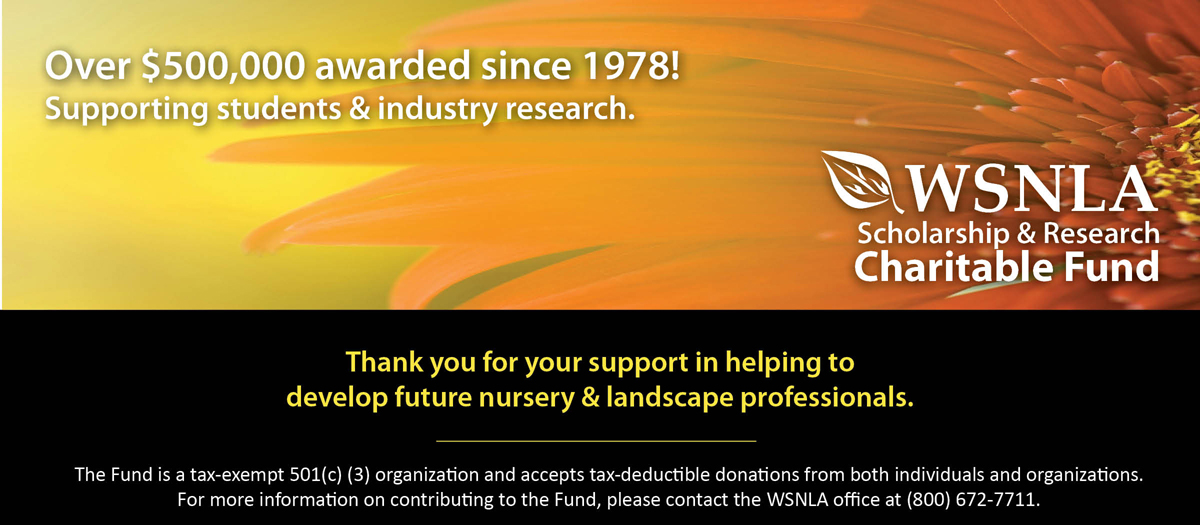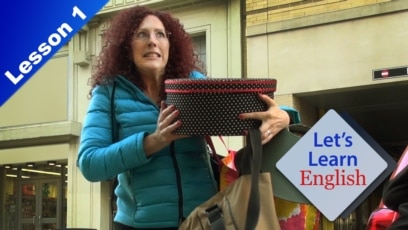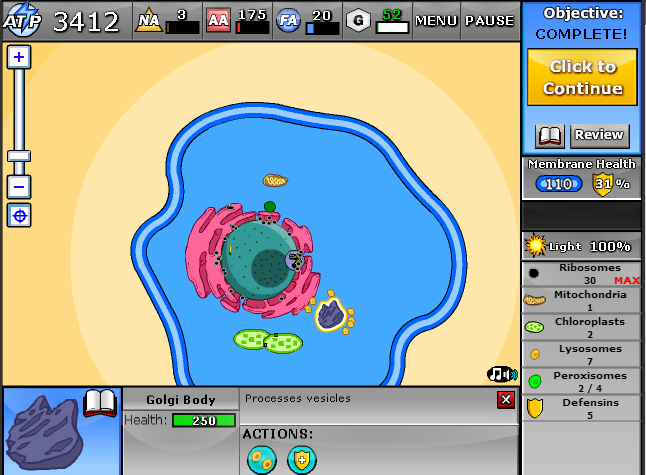
Stanford University offers free online courses. The university offers a range of courses that can be taken online. They are also available 24/7. Here are some examples: Statistical Learn, Nanofabrication, Child Nutrition, and Cooking. There are over 100 courses available, so you can be sure to find the one that suits you best.
Statistical Learning
Stanford's free online course in statistical learning is a good option if you are interested. This course will give you the basics in statistics and statistical modeling. It can be completed in as little 9 weeks, depending on the course. This course is intended for complete beginners. The professors at Stanford University teach it. The course's authors are well-regarded for their teaching and research.
This course introduces students to R as a statistical program. The first edition covers all aspects of statistical analysis, from simple to advanced. Trevor Hastie is a John A. Overdeck Professor in Statistics at Stanford. He helped develop the statistical modeling environment popular in the R computing system. He is a world-renowned statistician who has published five books as well as more than 180 research articles. He earned his PhD in Statistics at Stanford University.

Writing in Science
Avoiding rhetorical question use is the easiest way to avoid misunderstandings in science writing. Rhetorical questions are empty calories in science writing. Declarative sentences are better to convey the plot. Scientists develop terms to explain their findings in the clearest way. Paraphrasing terms such as metamorphic (tritrophic), anisotropic (anisotropic), or tritrophic can be very helpful in conveying key points.
Writing in the sciences requires that you keep your audience in mind. Consider who your audience is: scientists, the general public, or fellow scientists. This will have an impact on the way that you write. It is best to avoid writing articles that the audience is familiar with. Instead, your science writing should be concrete, rather than too technical or abstract. Consider using a low-dimensional model of reality if you are able, to avoid confusing readers.
Child Nutrition and Cooking
Stanford University offers a free online class in child nutrition. This course will help children understand healthy eating habits and the effects of family decisions. Stanford has partnered for this online course with Coursera. This course can be taken online or in person. A certificate will be issued upon successful completion. The link below will take you to more information:
Maya Adam (a former dancer) will be leading the course. Maya has been teaching cooking and child nutrition at Stanford University for over a decade. Maya had been performing ballet for close to ten years prior to starting her university career. She now enjoys trampoline jumping with her children and making home-cooked meals for her family. The course has received positive reviews from students, and she's eager to share her knowledge of child nutrition with others.

Nanofabrication
Stanford University offers a free online course that will teach you more about nanofabrication. These courses cover the basics of nanofabrication. They are designed to be self-paced, so you can work at your own pace and learn the material at your own pace. These courses cover advanced topics and are an excellent place to sharpen your math skills.
The course is divided up into three modules. These include a general overview, as well as a module that covers fabrication and characterization. Quizzes are included in each module to test your industry-level knowledge. It covers the latest in nanotechnology and focuses specifically on applications in electronics and semiconductors. Stanford's Nanofabrication Facility, and Environmental Measurement Facility provide hands-on training. Students can also earn certifications from highly regarded academic and industrial organisations.
FAQ
What does it mean for a teacher to teach early childhood education?
Early childhood educators must have specialized training. Before being permitted to teach in public schools, most states require that candidates for teaching positions have been certified by a state board.
Some states require that teachers pass exams on reading and math.
Some states require teachers who teach early childhood education to have completed a certain amount of coursework.
Many states have minimum requirements for teachers. These requirements can differ from one state to another.
What is a Trade School?
Trade schools provide an alternative pathway for students who have not achieved success at traditional higher educational institutions to earn a college degree. They offer career-focused programs designed to prepare students for specific careers. These programs usually require two years of coursework. Students who enroll in them then move on to a paid apprenticeship program. Here they learn a job skill, and also receive training. Trade schools include vocational schools, technical colleges, community colleges, junior colleges, and universities. Associate degrees are offered by some trade schools.
How much money does a teacher make in early childhood education? (earning potential)
Teachers in early childhood make an average of $45,000 annually.
However, there are some areas where salaries are generally higher than average. Teachers in large urban school districts are often paid more than teachers in rural schools.
Salaries are also affected by factors like the size of the district and whether or not a teacher holds a master's degree or doctorate.
Because they lack experience, teachers often make less than other college graduates. Their wages can rise over time though.
Is becoming a teacher difficult?
You must be a teacher. You will need to devote a significant amount of time to your studies.
You can expect to work 40 hours per semaine while earning your degree.
In addition, you will need to find a job that fits your schedule. Many students have difficulty finding part-time work that allows them to balance schoolwork and their personal lives.
You will likely teach classes once you have been hired as a full time teacher. Sometimes, you may need to travel to other schools during the week.
Is it necessary to attend college in order to be an early childhood educator
You can't, but it is worth considering going to college to get a degree in this field.
It's important to note that becoming a teacher isn't easy. Each year, many applicants are rejected from programs. Many students also quit college after only one semester.
A teacher must meet all requirements.
How do you get scholarships?
Scholarships are grants awarded to help pay for college expenses. There are many types and types of scholarships. These scholarships include:
-
Federal Grants
-
State Grants
-
Student Loans
-
Programs for Work Study
-
Financial Aid
Federal grants come directly to the U.S. Federal grants usually require applicants to meet specific requirements. You will need to prove financial need.
State grants can be offered by the individual states. These grants are not always based on financial need. Some states may offer them for specific reasons.
Student loans are issued by banks and other lending institutions. Students borrow money to pay tuition and other living expenses.
Work-study programs are designed to encourage employers to hire qualified students. Employers must pay at least the minimum wage to their employees.
Financial aid allows low-income families to afford college by paying for all or part of their tuition costs.
What does early childhood education mean?
Early Childhood Education refers to a field dedicated to helping children become happy, healthy adults. This includes teaching children how to read and preparing them for kindergarten.
The goal of early childhood education is to help kids learn and grow by providing them with age-appropriate experiences.
Early childhood educators are frequently called upon by parents to assess the developmental needs and abilities of any child they encounter. This helps to determine if a program is right for each child.
Parents have the chance to interact with teachers, other professionals and parents who have worked with young children.
A key role in early childhood education is also played by parents. They need to know how best to care for their children.
Parents can also join activities to teach their children skills that will be useful throughout their lives.
Sometimes, early childhood education is also called preschool education. However this term is interchangeable with daycare centers. Prekindergarten education starts around three years ago, and early childhood education is similar.
Statistics
- Among STEM majors, that number is 83.5 percent. (bostonreview.net)
- Data from the Department of Education reveal that, among 2008 college graduates, 92.8 percent of humanities majors have voted at least once since finishing school. (bostonreview.net)
- Globally, in 2008, around 89% of children aged six to twelve were enrolled in primary education, and this proportion was rising. (en.wikipedia.org)
- In most developed countries, a high proportion of the population (up to 50%) now enters higher education at some time in their lives. (en.wikipedia.org)
- They are also 25% more likely to graduate from high school and have higher math and reading scores, with fewer behavioral problems,” according to research at the University of Tennessee. (habitatbroward.org)
External Links
How To
Where can you find a teacher job?
Teaching jobs are available in public elementary schools, private elementary schools, public middle schools, private middle schools, public secondary schools, private secondary schools, charter schools, private and parochial (Catholic) schools, public and private (non-religious) daycare centers, and other settings.
A bachelor's degree is required to become a teacher.
-
A four-year college or university
-
Associate's degree program
-
Two-year programs at community colleges
-
A combination of these three types of programs
To be eligible for teacher certification, applicants must satisfy state requirements. These requirements include passing standardized exams and completing a probationary work experience.
The Praxis II test is required by most states. This test assesses the candidate's reading, writing, mathematics, as well as language arts knowledge.
A lot of states also require applicants to have a specialized licence before they can be certified to teach.
These licenses are issued annually by the state boards of education.
Some states grant licenses without the need for additional testing. In these cases, the applicant should contact the board of education in his or her state to determine if this is true in your area.
Some states will not issue licenses to applicants who have not completed a master's program.
Individuals in other states can apply for licensure directly to their state boards of education.
Licenses come in a variety of prices, lengths, and required coursework.
Some states only require a high school diploma while others require a bachelor’s degree.
Some states require training on specific topics, such literacy or child development.
Some states require candidates to have a master's degree in order to become licensed.
Many states will ask applicants for their prior employment information when they apply to become certified teachers.
You might mention that you have worked in another field on your application.
Regardless of your previous experience, most states will still accept you regardless.
Perhaps you would like to include your past job title, post, and years in service.
This information is often helpful to potential employers.
It shows that they have relevant skills.
You might have acquired valuable work experience or learned new skills while working.
Future employers can view your resume.